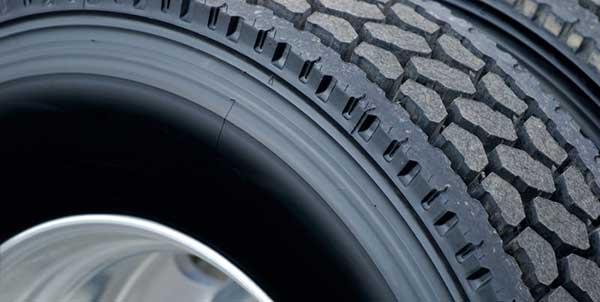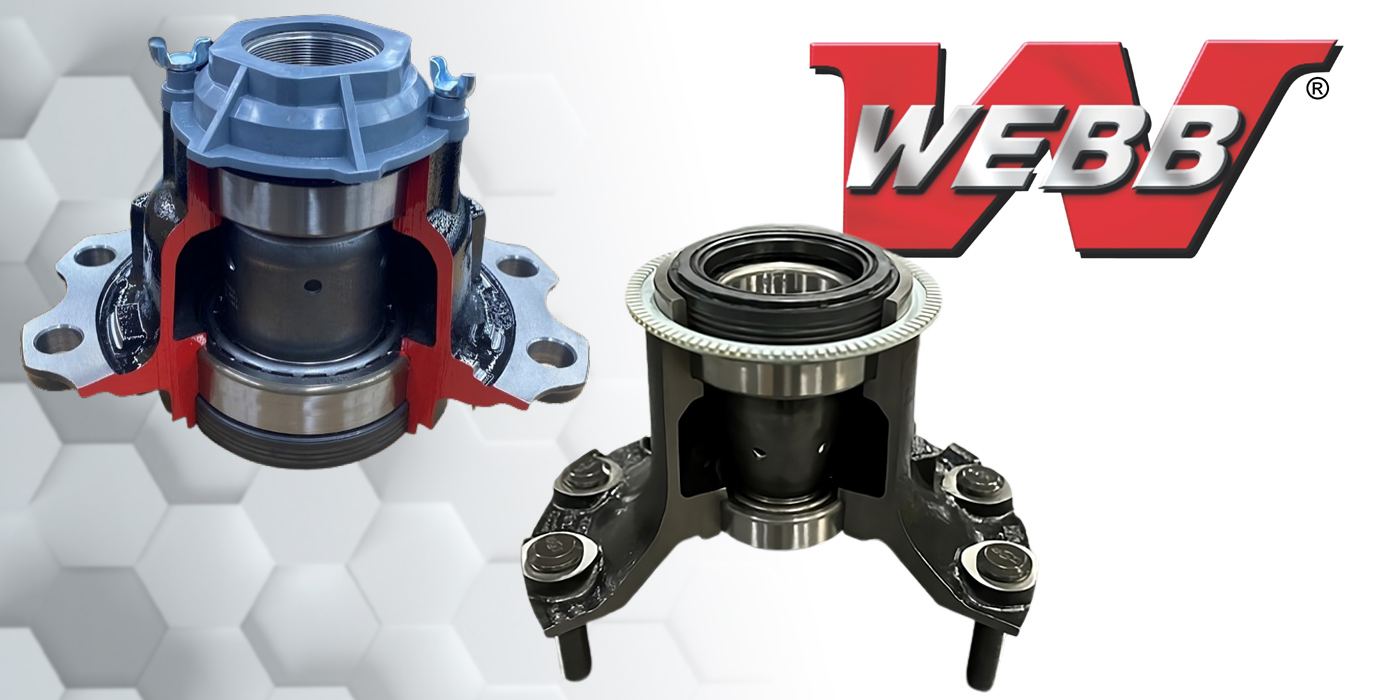Tires continue to be the highest fleet maintenance cost, next to fuel. Fleets all have similar goals when it comes to their tires: Maximizing tire removal miles, increasing fuel economy, improving retreadability of the tire casing and reducing tire-related roadside service calls are all important to keep the tire budget in line.
There are many variables that will affect tire removal miles, including: tire pressure, minimizing irregular wear, vehicle make/model, vehicle alignment, route, load, tire make/model, tread depth and drivers.
Maintaining proper tire pressure is crucial. Only good things happen when tires are maintained at the correct recommended tire pressure. Air carries the load. Based on load/inflation tables published by all the tire companies, it is easy to determine the proper tire pressure your fleet should be running. Recommended inflation for a given load is based on tire size, load range, and whether the tire is a single or dual configuration. Running tires underinflated leads to many problems: The excess heat being generated by the additional flexing of the sidewalls in combination with the longer footprint (more rubber on the road) will scrub the tread rubber off more quickly and also lead to premature irregular wear.
Irregular wear is significantly reduced when tires are running at the correct tire pressure with both the tractor and trailer in proper alignment. The tractor can have perfect alignment, but a misaligned trailer can lead to serious amount of irregular wear develop on both the steer and drive tires. Fast shoulder wear, depressed rib wear and cupping will all reduce tire removal miles dramatically.
Vehicle make and model will also certainly have an effect on tire mileages. Wheel base, axle type, fifth wheel configuration, 6×2 versus 6×4 configurations—all of these can influence tire mileages. This is why when a fleet runs a tire evaluation to compare tire A against tire B.
Vehicle routes also have an impact on tire removal miles. Running tires in pure line-haul operation will deliver the highest miles per 32 in. and best removal miles. Compare that to tires running in city pickup and delivery service with a high degree of turning, where tread rubber will scrub off quite rapidly and reduce tire removal miles.
Tires are available in a wide range of designs and tread depths. It seems logical that a drive tire that begins with 32/32-in. of rubber will have higher removal miles compared to a drive design with 28/32-in.—but this is not necessarily the case. Too much initial tread depth can cause squirming of the lugs, which will lead to early onset of irregular wear. There is always a sweet spot when it comes to choosing the tire make/model with the proper amount of starting tread rubber. It is always a good idea to work with your tire professional when determining which tire you should be running in your fleet operation.
Drivers, too, can have a large impact on your tire expenses. Industry studies over the years have shown that drivers can impact tire removal miles by up to 35%. Drivers are your early warning sign for potential issues. During their morning walk-around, drivers need to do a visual tire inspection, looking for signs of irregular wear, cuts, snags and punctures and then reporting the results either to the maintenance department or in a log book.
If the tires have valve caps that have to be put on or taken or off, it can take a good 15 minutes to complete the pressure check—but it is important. Automatic tire inflation systems and tire pressure monitoring systems are excellent and reliable solutions in keeping tire pressures at the recommended settings.
Driver education about tires is crucial to help maximize tire removal miles. Drivers may have no idea that those 18 tires on their rigs cost as much as $10,000 or more. Drivers should fully understand that their jobs depend on helping employers do everything in their power to get the most out of their tire investment. When the driver understands that there is a direct correlation between running tires underinflated and fuel economy, he or she could save the company several hundred dollars per year in fuel alone just on that one vehicle.













